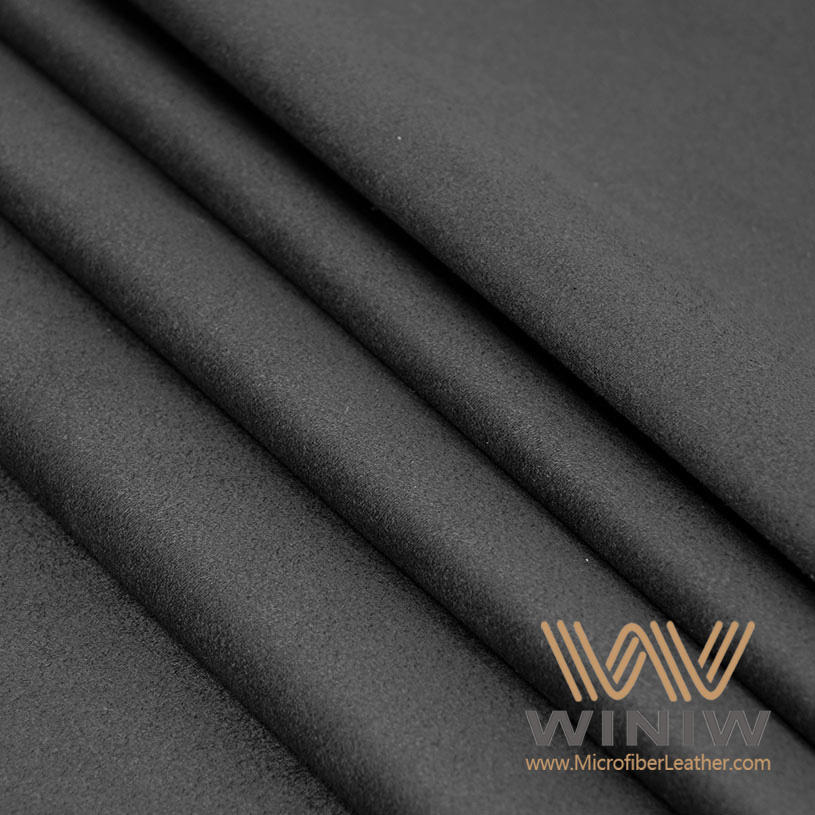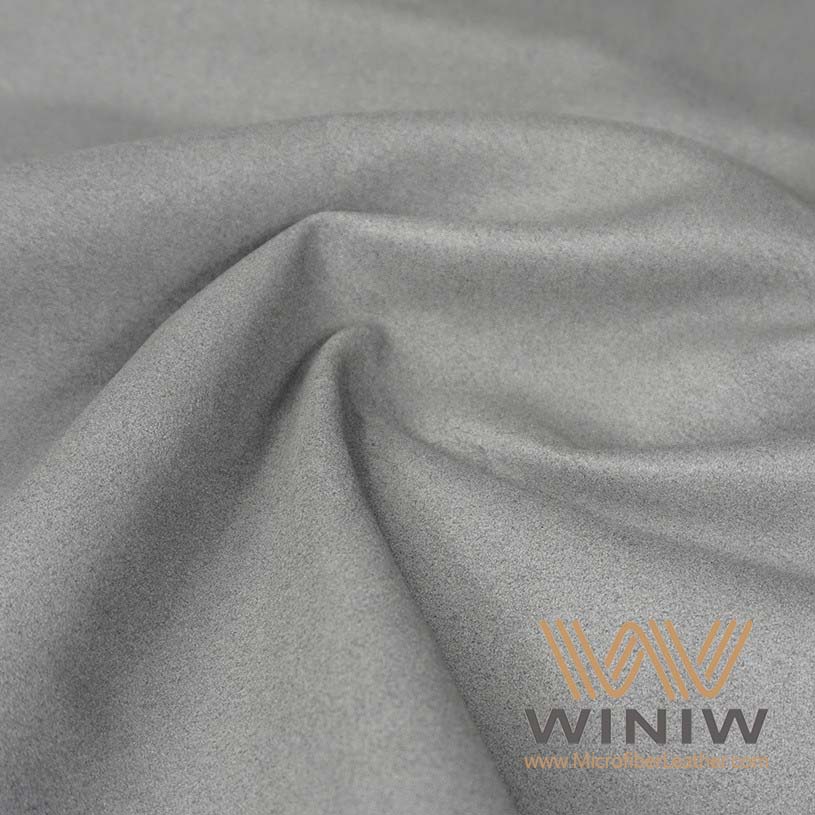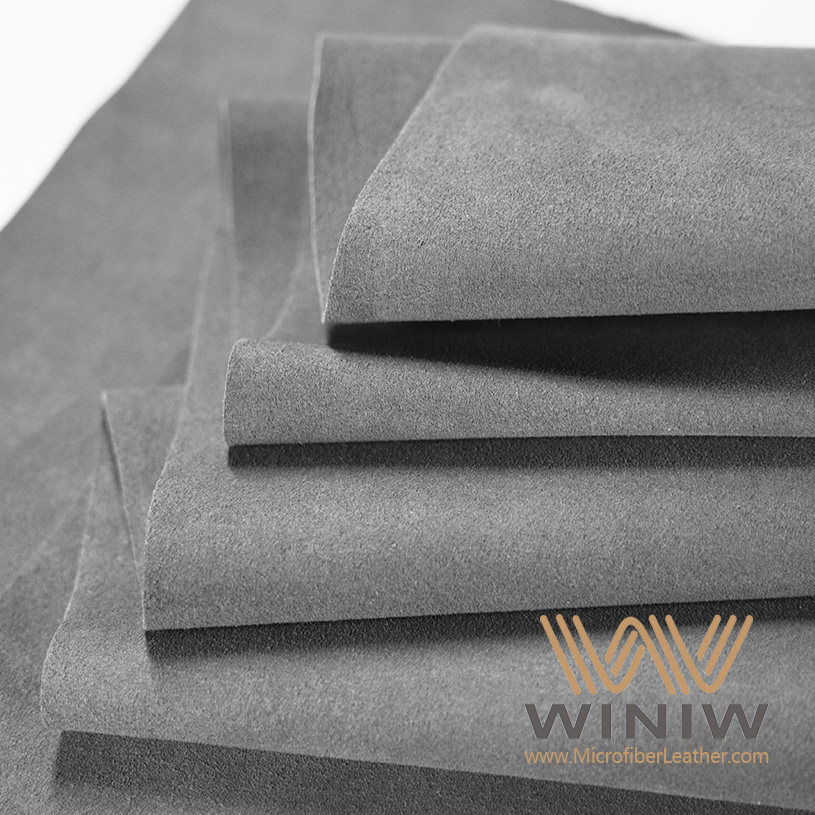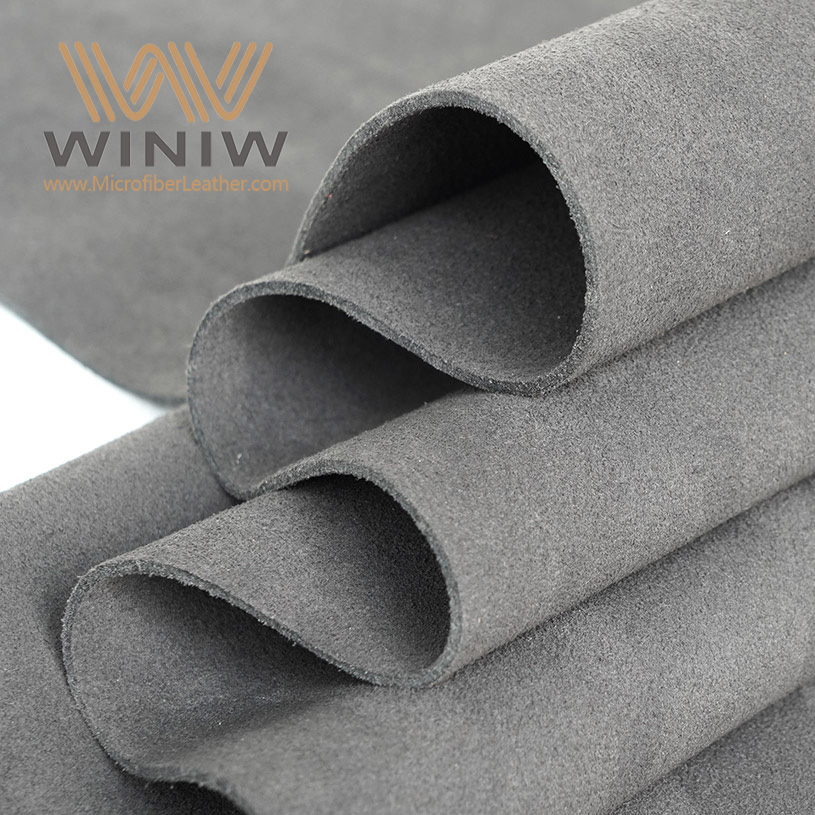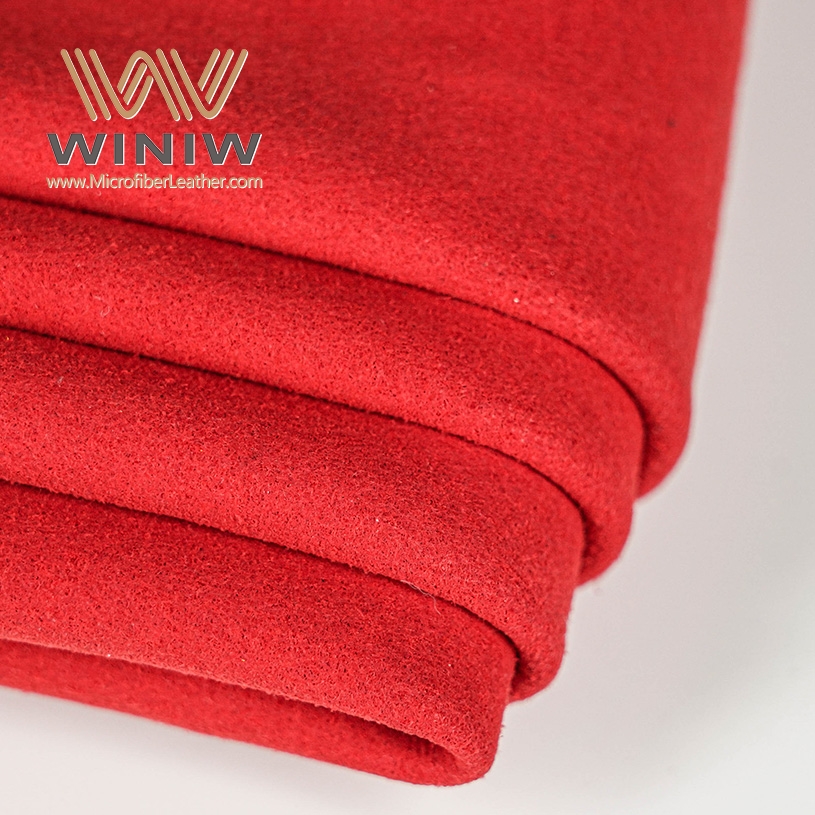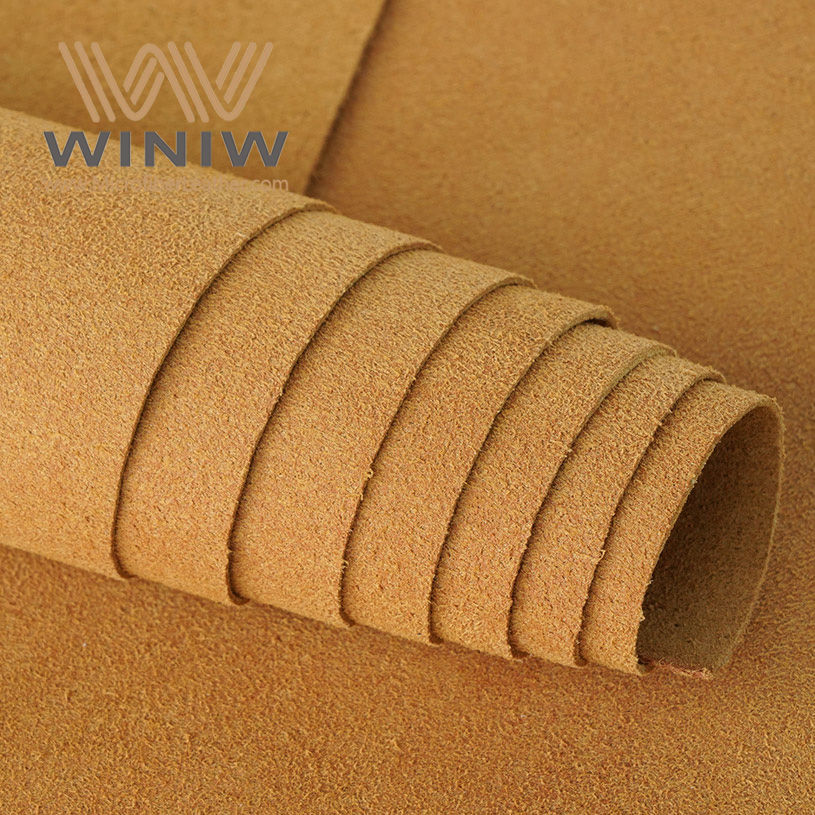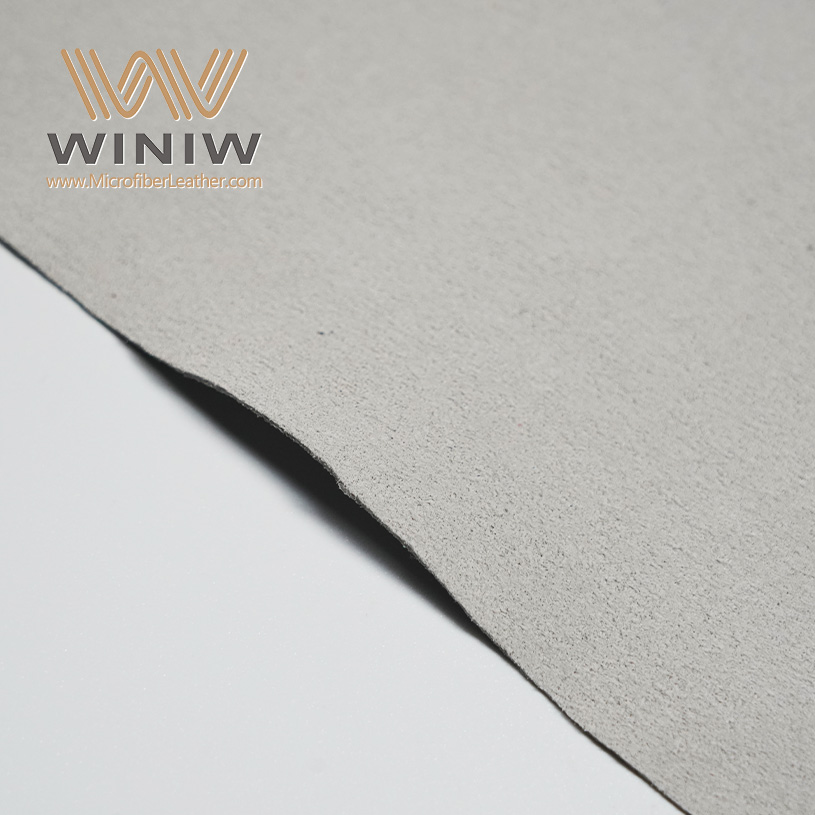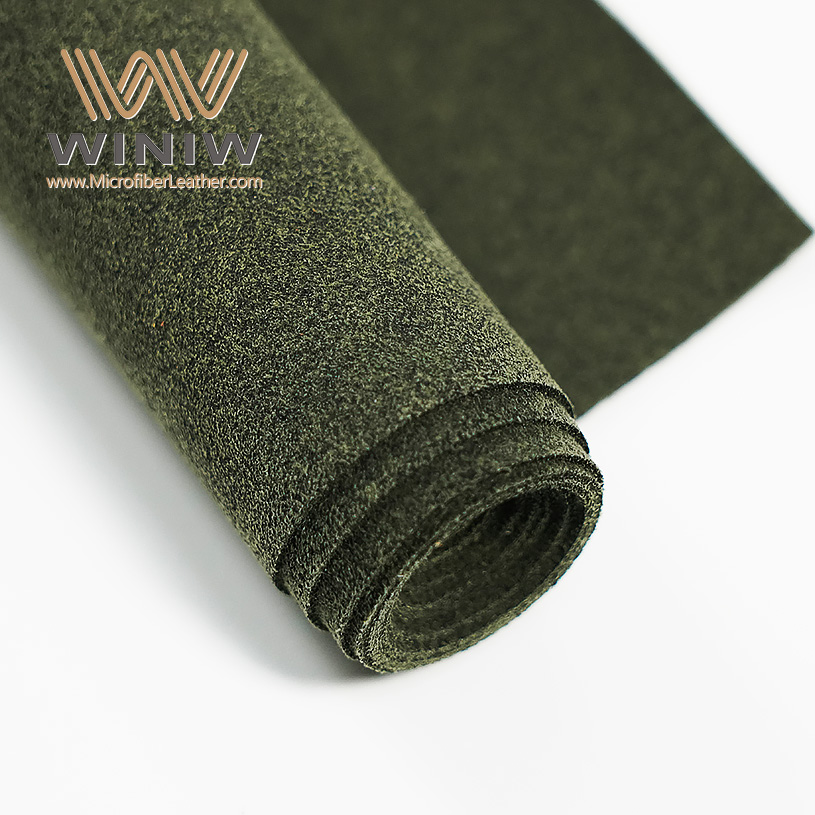Are dance shoes suede or leather sole?
Dance shoes can come with either suede or leather soles, and each has its own characteristics that make them suitable for different dancing situations.
Leather soles are quite common and have several good points. They are relatively durable. When dancers are moving around on various dance floors, the leather soles can withstand the friction and contact with the floor surface without wearing out too quickly. For example, in ballroom dancing where dancers glide across the floor, the leather soles can hold up well during the many hours of practice and performances.
Leather soles also offer a certain amount of grip. They are not overly slippery, which helps dancers maintain their balance while doing different steps. In dance styles like the foxtrot or the quickstep where there are quick changes in direction and movements, having a sole with a good grip is essential to avoid slipping and falling.
However, leather soles also have some limitations. They can be a bit noisy sometimes when moving on certain types of floors. The sound of the leather rubbing against the floor might not be ideal, especially in quiet dance environments or when dancers are trying to create a smooth and seamless performance. Also, leather soles might not provide the softest feel underfoot, and this could affect the comfort level for some dancers during long periods of dancing.
Suede soles, on the other hand, have their own advantages. They are known for their softness. When dancers step on the floor, the suede soles give a gentle and smooth feel, almost like they are floating. This is really nice for dance styles that require a lot of grace and fluidity, such as ballet. In ballet, the soft suede soles allow dancers to move delicately and quietly, enhancing the overall aesthetic of the performance.
Suede soles also have excellent traction. They can grip the floor in a different way compared to leather soles. In dances where there are spins or turns, suede soles can help dancers pivot smoothly and maintain control. For example, in contemporary dance where there are often sudden spins and changes in body position, the traction of suede soles can be very beneficial.
But suede soles do have drawbacks too. They are not as durable as leather soles. They can wear out faster, especially if the dance floor is rough or if the dancer is using the shoes frequently. Also, suede soles need to be taken care of more carefully. They can get dirty easily and might require special cleaning methods to keep them in good condition.
In summary, whether a dance shoe has a suede or a leather sole depends on the specific dance requirements, the type of dance floor, and the dancer's personal preference for comfort and performance.


